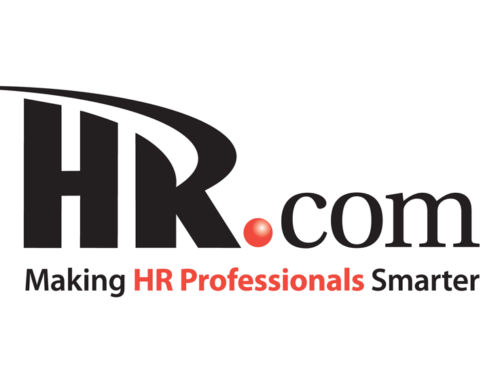Although integrated Human Resource systems have been used by HR departments for years, there has been a recent shift in which companies are increasingly focusing on how user friendly and engaging these software systems are for their employees. Even the best HR system which incorporates all the required areas of functionality can be of little benefit if staff are unable to effectively use the software, are reluctant to use it, or are not using the software to its highest potential. Similarly, integrated systems are only as beneficial as the data which is maintained within the systems and the extent to which the systems are updated and used by staff across all departments. Encouraging employee engagement in the use of software systems ensures that companies receive a return on the money spent to implement these systems, and ensures that systems are being used to the fullest.
As a result, software vendors are beginning to build new functionality and user interfaces into their systems, develop intuitive platforms, reduce the number of clicks needed to access areas of the site, and guide users through the process through the use of help wizards. These approaches help employees to understand and familiarize themselves with complex systems quickly, enabling them to make use of all the functionalities available to them. As a result of these new user interfaces, complex administrative and reporting processes can be carried out quickly by all staff. The cost of training staff in these new applications is also reduced.
The result of creating systems which engage staff and are user friendly helps to streamline multiple administrative processes, allowing staff time to focus on more complex administrative tasks. Moreover, as the focus moves to an intuitive and user friendly experience, other staff, including managers from other departments can use these software processes and take part in tasks such as monitoring the recruitment processes and talent management. Another important factor is how employees can also access and use software to manage tasks which were historically carried out by the HR department. These tasks included accessing timetables, pay schedules, and information related to staff benefits. This can substantially reduce the number of hours that HR staff spends in responding to employee queries, freeing staff to focus on more complex and high core functions of their role. Companies developing these software solutions are now in competition to market the most user friendly tools, those which can be easily customized, have simpler interfaces, and which provide a positive user experience.
